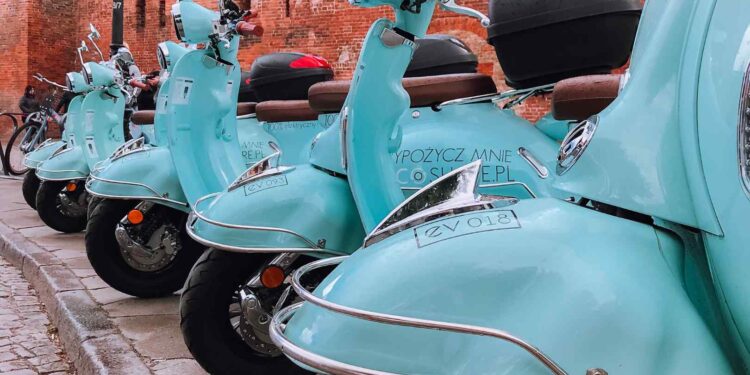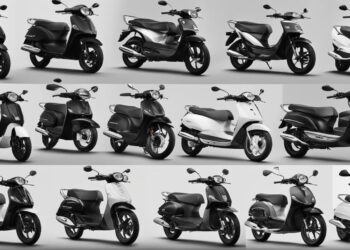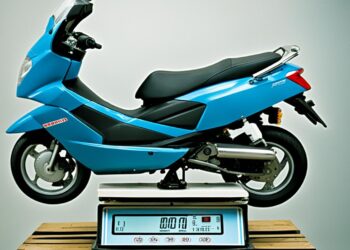If you’re a proud Vespa owner or considering becoming one, it’s crucial to understand the importance of maintaining the correct tire pressure for your scooter. Proper tire pressure not only ensures your safety but also enhances your Vespa’s performance and longevity.
In this comprehensive guide, we’ll delve into the specifics of Vespa tire pressure, providing you with the knowledge needed to keep your ride smooth and safe.
Introduction
Owning a Vespa is a symbol of style and elegance. Whether you’re commuting through busy city streets or cruising along scenic routes, your Vespa is your trusty companion. To ensure a smooth and safe ride, it’s essential to pay attention to the often-overlooked aspect of scooter maintenance – tire pressure.
Why Tire Pressure Matters
Tire pressure might seem like a minor detail, but it plays a significant role in your Vespa’s overall performance. Maintaining the correct tire pressure is essential for several reasons:
Safety First
Proper tire pressure ensures optimal traction and stability, reducing the risk of accidents. Under-inflated tires can lead to poor handling and control, especially during sudden maneuvers.
Fuel Efficiency
Did you know that incorrect tire pressure can affect your Vespa’s fuel efficiency? Over-inflated tires can lead to decreased contact with the road, reducing grip and causing your scooter to consume more fuel.
Prolonged Tire Lifespan
Maintaining the right tire pressure helps distribute the weight evenly across the tire, preventing uneven wear and tear. This, in turn, extends the lifespan of your Vespa’s tires.
Finding the Manufacturer's Recommendation
To determine the correct tire pressure for your Vespa, you should refer to the manufacturer’s recommendations. These specifications can usually be found in your Vespa’s owner’s manual or on a sticker located near the scooter’s frame.
| Vespa Model | Front Tire PSI Range | Rear Tire PSI Range |
|---|---|---|
| Vespa Primavera | 26-28 | 28-30 |
| Vespa GTS | 26-28 | 28-30 |
| Vespa Sprint | 26-28 | 28-30 |
| Vespa LX | 26-28 | 28-30 |
| Vespa ET | 26-28 | 28-30 |
| Vespa GTV | 26-28 | 28-30 |
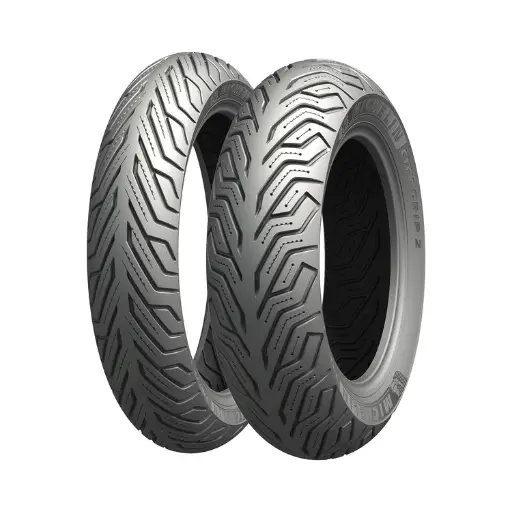
Tire Pressure and Riding Conditions
It’s important to note that the recommended tire pressure may vary based on riding conditions. For instance:
City Riding: If you primarily use your Vespa for city commuting, the standard recommended tire pressure should suffice. This ensures a comfortable and safe ride through urban terrain.
Long-Distance Travel: When embarking on longer journeys, consider slightly increasing tire pressure to accommodate the added weight of luggage and ensure better fuel efficiency.
Off-Road Adventures: If you’re planning off-road escapades, reduce tire pressure slightly to enhance traction on rough surfaces. Be sure to reinflate them to the recommended pressure for regular riding.
Checking and Maintaining Tire Pressure
Regularly checking and maintaining your Vespa’s tire pressure is crucial. Here’s a simple step-by-step guide:
Gather Your Tools: You’ll need a tire pressure gauge and an air compressor.
Check When Cold: Ensure your Vespa has been stationary for at least three hours before checking the tire pressure. Cold tires provide the most accurate readings.
Remove the Valve Cap: Unscrew the valve cap from the tire’s valve stem.
Check the Pressure: Attach the pressure gauge to the valve stem and check the pressure. Compare it to the manufacturer’s recommended pressure.
Inflate or Deflate: If the pressure is too low, use the air compressor to add air until it matches the recommended level. If it’s too high, release some air until it’s correct.
Replace the Valve Cap: Screw the valve cap back on securely.
The Dangers of Incorrect Tire Pressure
Riding with incorrect tire pressure can have severe consequences:
Reduced Control: Under-inflated tires can lead to poor handling and reduced control, especially in corners or emergency situations.
Blowouts: Over-inflated tires are more prone to blowouts, putting you at risk of accidents and damage to your Vespa.
Uneven Wear: Incorrect tire pressure can cause uneven wear patterns, resulting in the need for premature tire replacement.
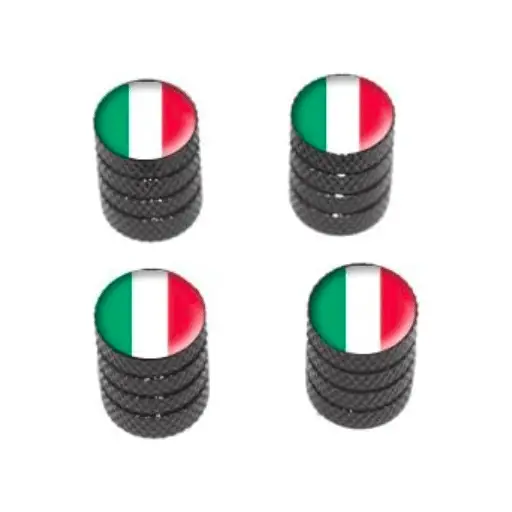
Benefits of Proper Tire Pressure
Maintaining the correct tire pressure offers numerous benefits:
Enhanced Safety: Properly inflated tires provide better grip and control, reducing the likelihood of accidents.
Improved Fuel Efficiency: Your Vespa will consume less fuel, saving you money in the long run.
Smoother Ride: Properly inflated tires offer a more comfortable and smooth riding experience.
Extended Tire Lifespan: You’ll replace tires less frequently, saving both time and money.
Extending Tire Lifespan
To further extend the lifespan of your Vespa’s tires, consider these additional tips:
Regular Inspections: Periodically check your tires for signs of wear, damage, or punctures.
Proper Storage: If you plan to store your Vespa for an extended period, ensure the tires are adequately inflated to prevent flat spots.
Balanced Riding: Avoid harsh acceleration, sudden stops, and sharp turns, as these actions can accelerate tire wear.
Vespa Tire Pressure FAQs
1. How often should I check my Vespa’s tire pressure?
It’s advisable to check your Vespa’s tire pressure at least once a week, or before any long rides. Regular checks help maintain safety and performance.
2. Can I use a regular tire pressure gauge?
Yes, a standard tire pressure gauge works well for checking your Vespa’s tire pressure. Just ensure it’s accurate and in good condition.
3. What happens if I consistently ride with incorrect tire pressure?
Consistently riding with incorrect tire pressure can lead to decreased control, increased fuel consumption, and a shorter tire lifespan. It’s essential to maintain the right pressure.
4. Can I inflate my Vespa’s tires at a gas station?
Yes, most gas stations have air compressors available for public use. Just remember to check the pressure and inflate your tires according to the manufacturer’s recommendations.
5. Is there a specific tire pressure for the front and rear tires?
Yes, the manufacturer’s recommendations will specify the optimal pressure for both the front and rear tires. Be sure to follow these guidelines for the best performance.
Conclusion
In conclusion, understanding and maintaining the correct tire pressure for your Vespa is essential for your safety and the longevity of your scooter.
Regular checks, adherence to manufacturer recommendations, and consideration of riding conditions will ensure a smooth, enjoyable, and safe riding experience. Don’t underestimate the impact of proper tire pressure on your Vespa’s performance – it’s a small detail that makes a significant difference.

